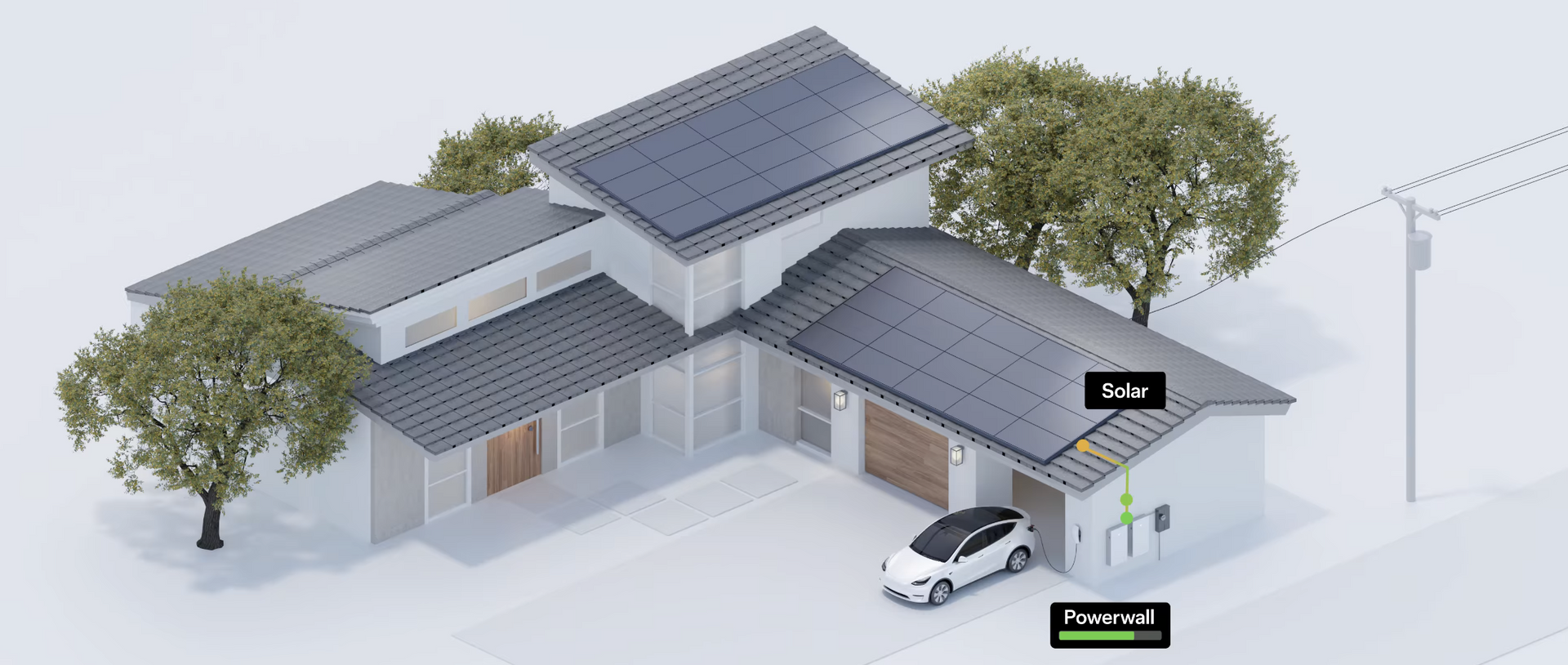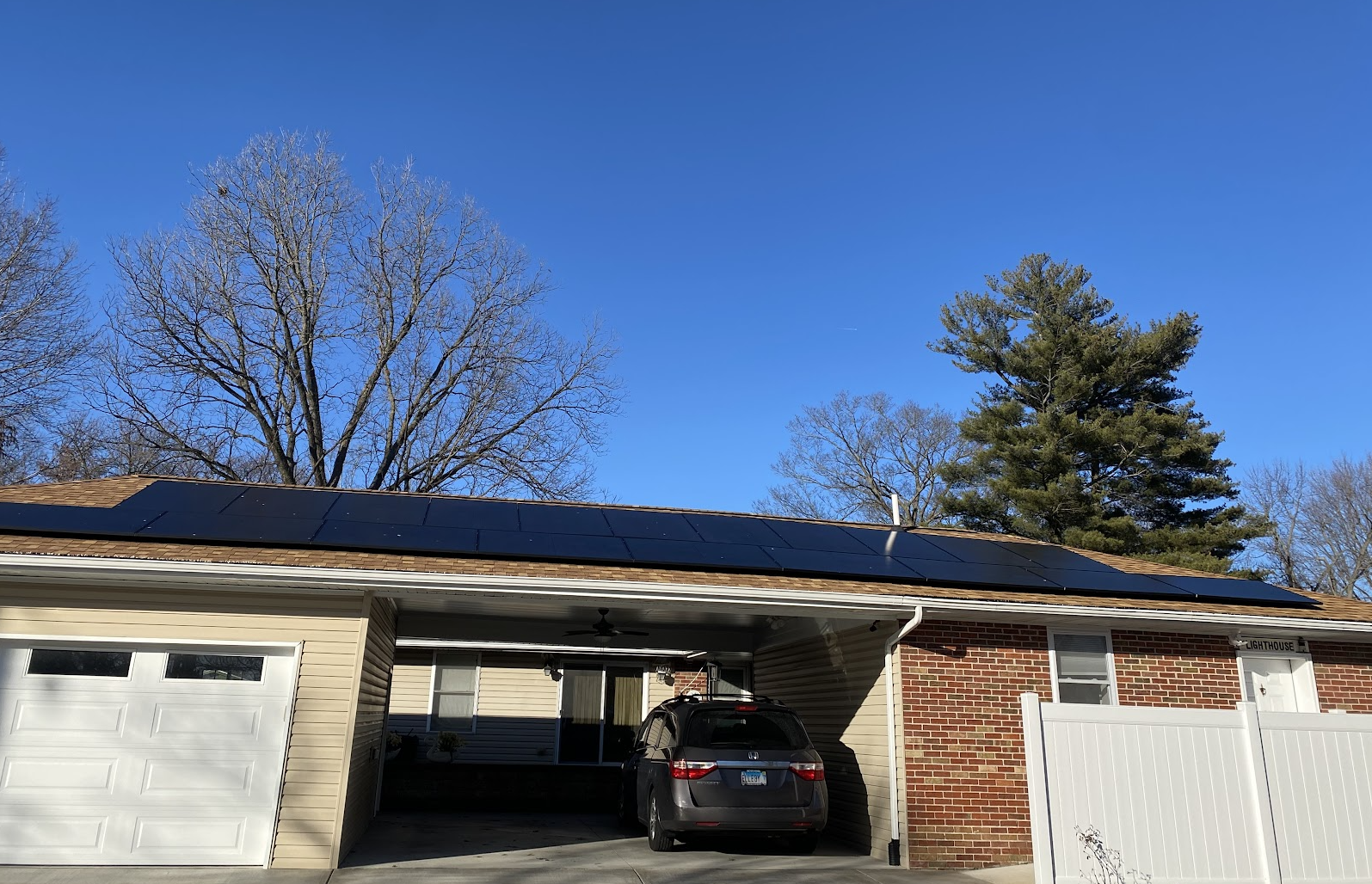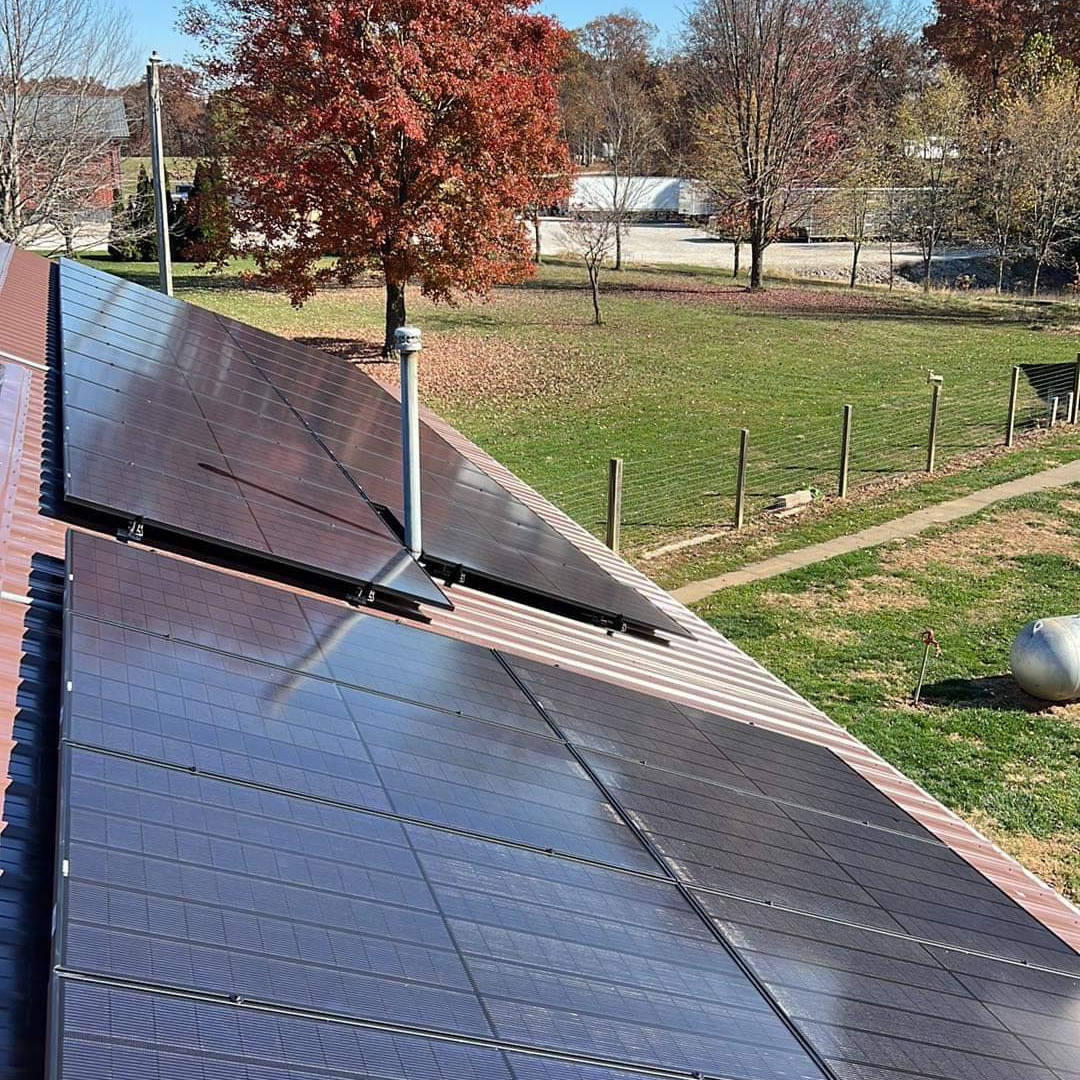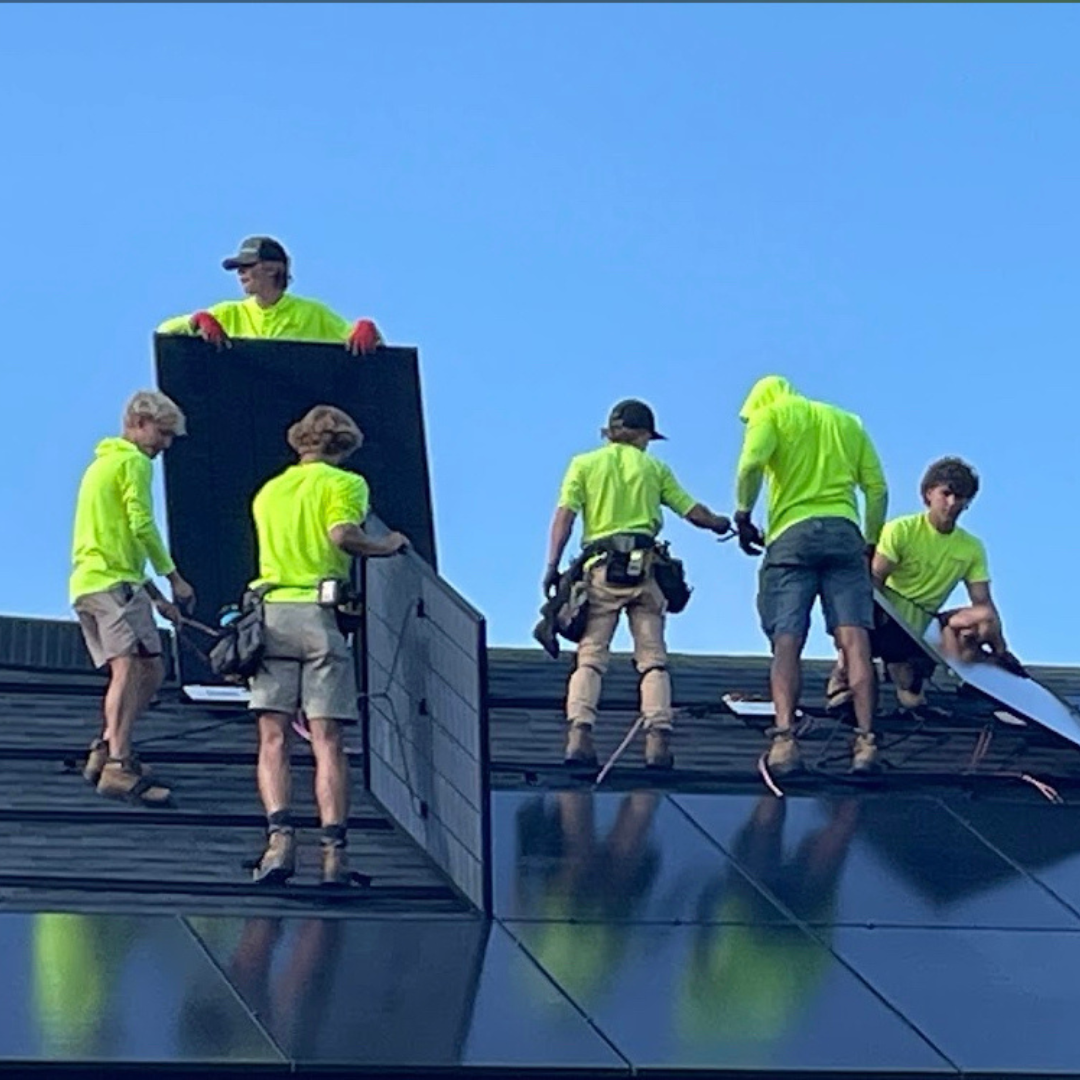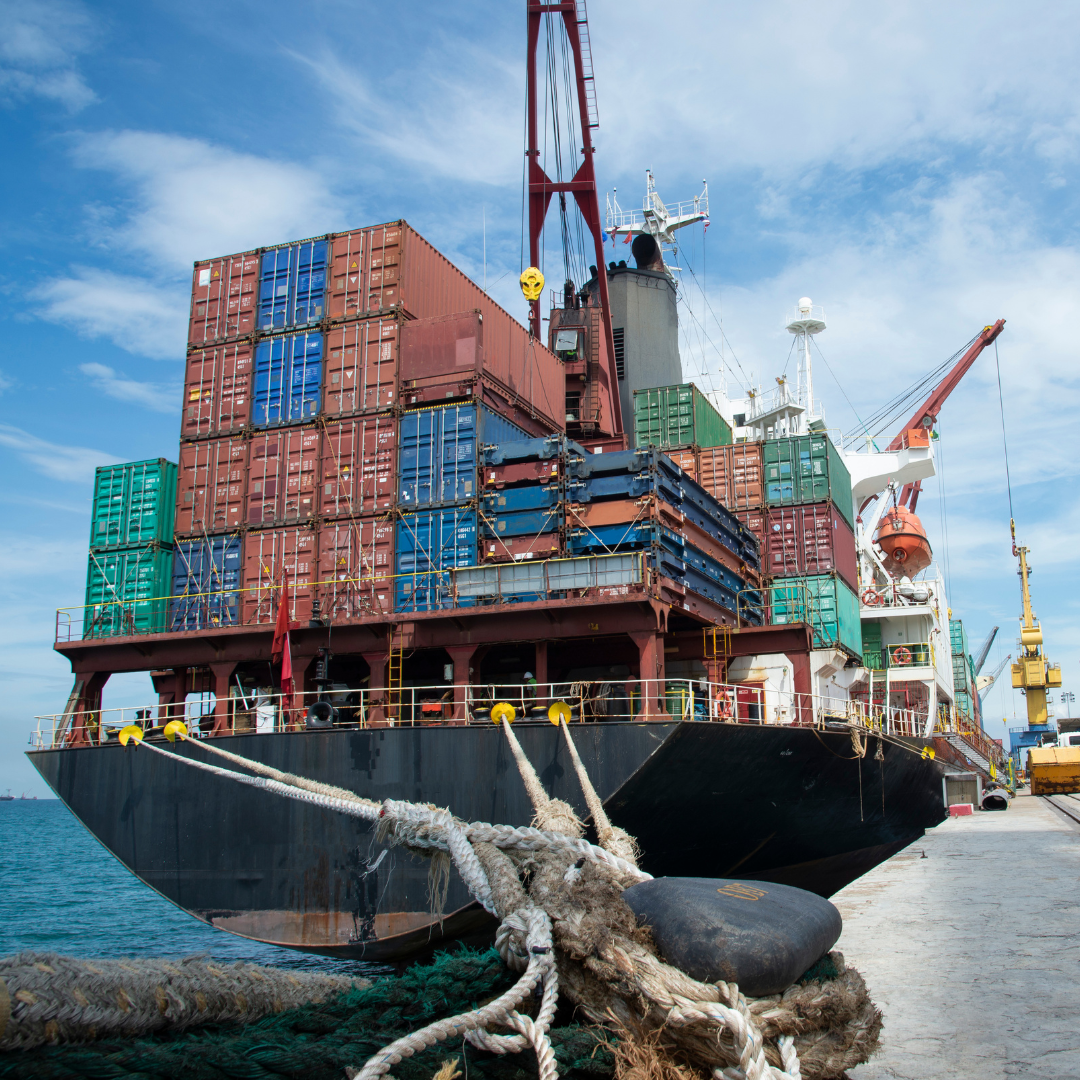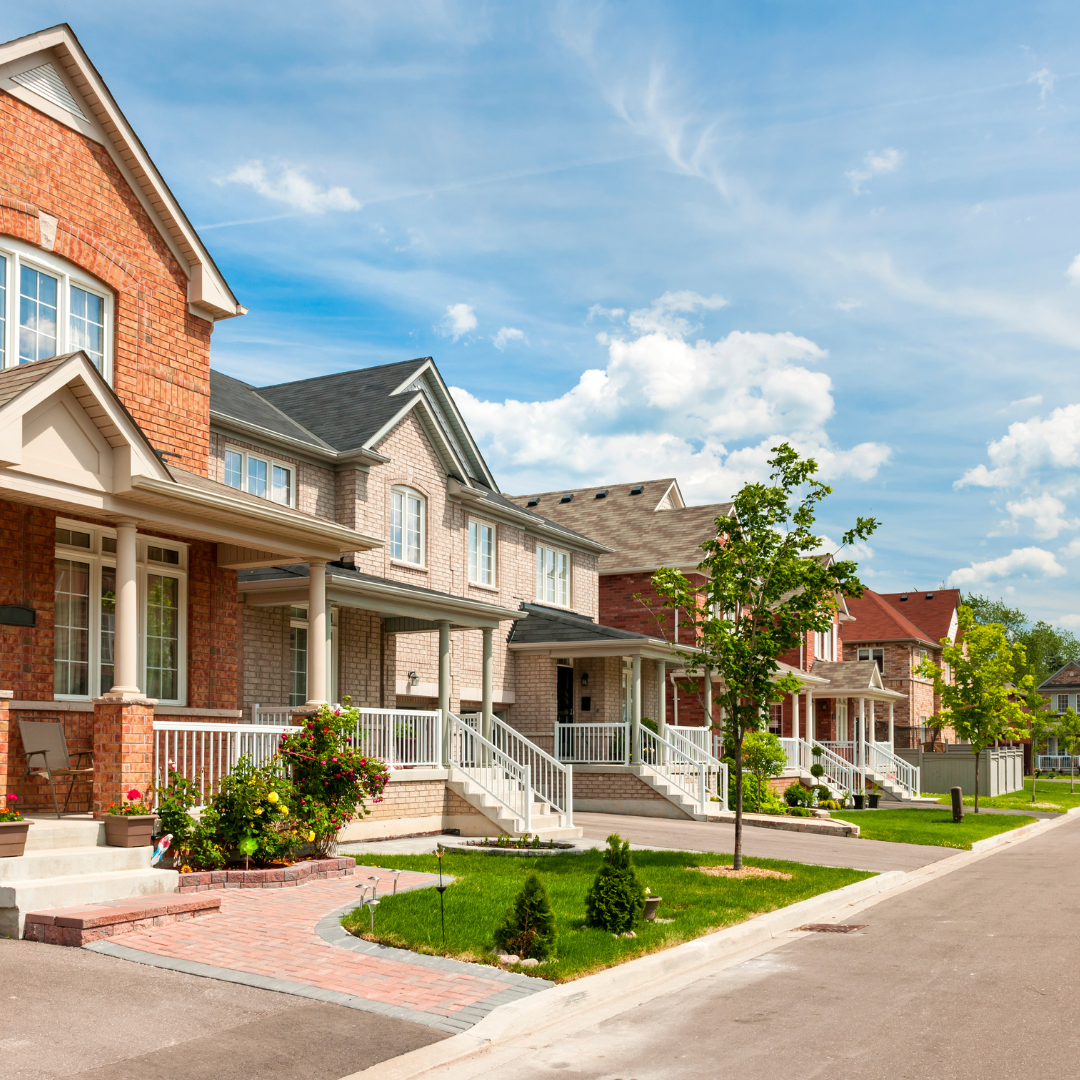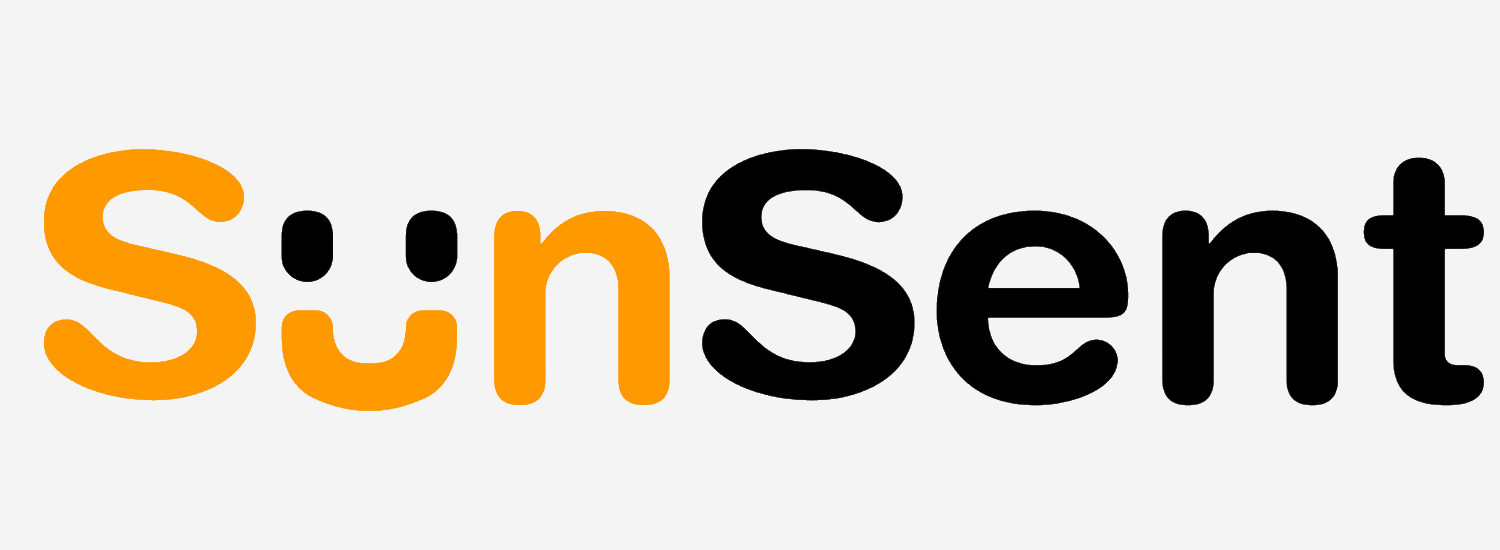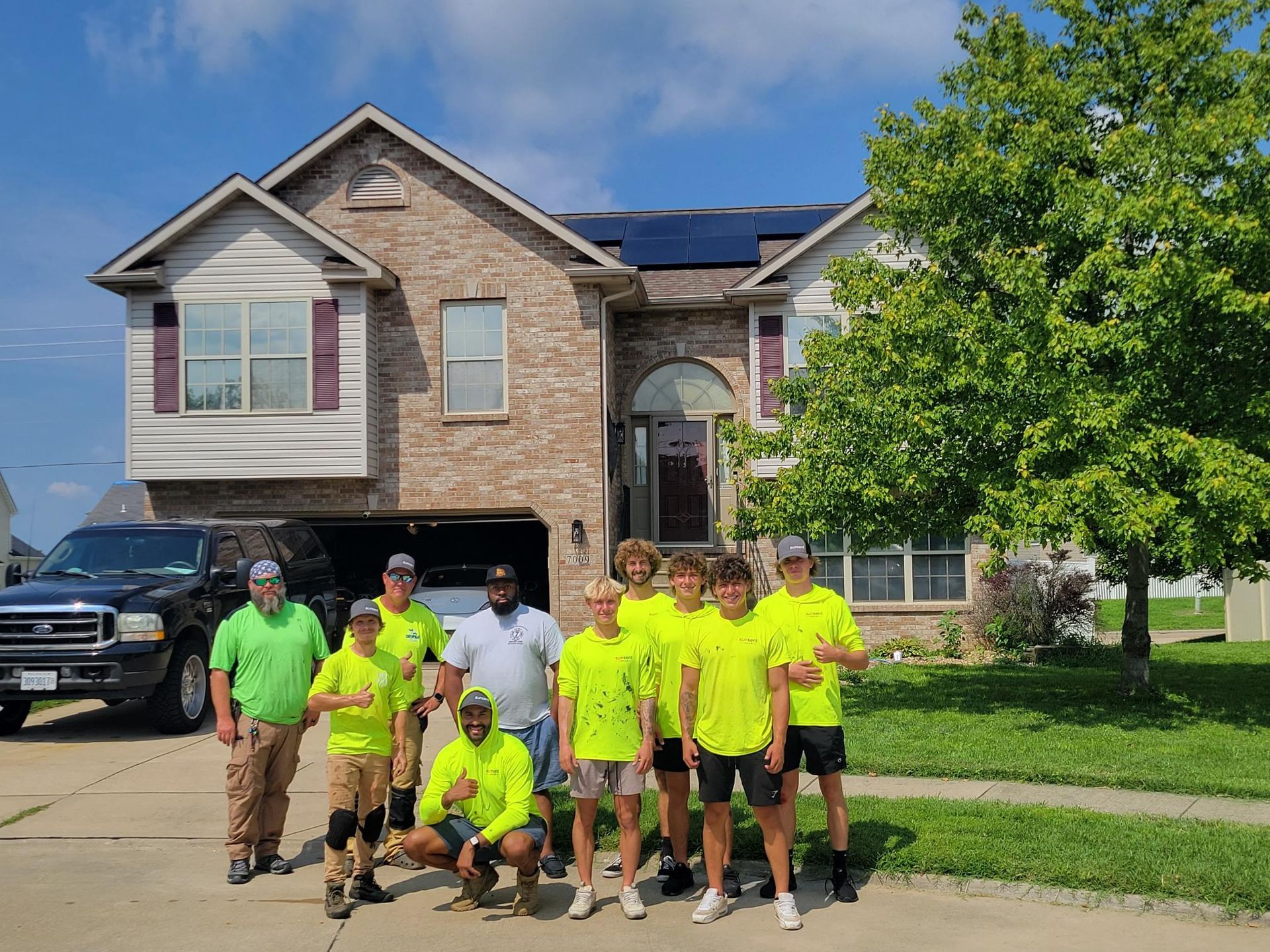The Best Roof Materials for Solar Panels: Expert Insights from SunSent Solar & Roofing
One of the first questions homeowners ask when considering solar is, “Can my roof support solar panels?” At SunSent Solar & Roofing, we’ve helped countless homeowners across Illinois and Missouri find the best roofing and solar solutions for their homes. The good news? Solar can be installed on almost any roof type. However, some materials are better suited for solar panels than others.
In this guide, we’ll walk you through the five most common roofing materials and their compatibility with solar panels, so you can make the best choice for your home.
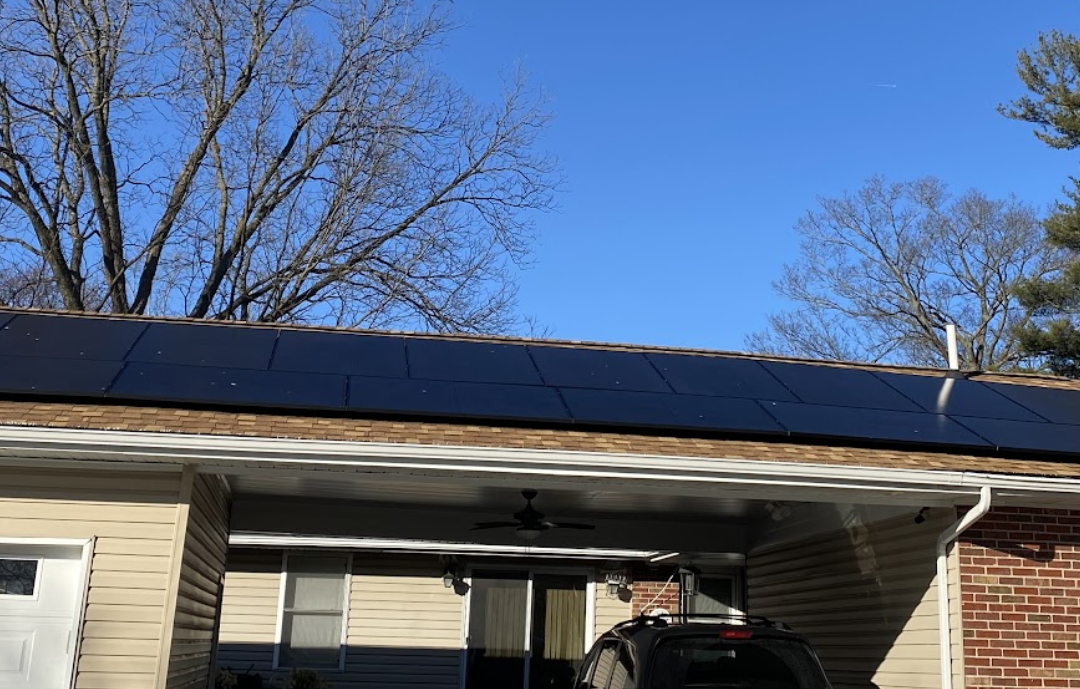
Best Roof Materials for Solar Panels
1. Composite (Asphalt) Shingles
The most common roofing material in the U.S., composite shingles—also known as asphalt shingles—are an excellent base for solar panel installation. Their popularity means that installers are highly experienced working with them, making the process straightforward and cost-effective. These shingles are made from a fiberglass or cellulose mat with added asphalt and minerals, offering durability and affordability.
A typical asphalt shingle roof lasts 15-25 years, though warranties often cover up to 30 years. If your roof is over 15 years old or showing signs of wear, we recommend replacing it before installing solar panels to ensure your system lasts as long as possible.
2. Tile Roofs
Tile roofs are common in warmer climates and are made from materials such as:
- Clay
- Ceramic
- Metal
- Synthetic cedar
- Slate
- Concrete
While tile roofs can support solar panels, the material type can impact installation costs. For instance, installing on clay tiles is more expensive than on concrete tiles. Installers use brackets to raise solar panels above the tiles, and the height and method of installation depend on the tile material. If you have a tile roof, it’s best to work with experienced solar professionals—like our team at SunSent Solar & Roofing—to ensure a secure and cost-effective installation.
3. Metal Standing Seam Roofs
Metal roofs with standing seams are one of the best choices for solar panel installation. The built-in seams allow for secure attachment without drilling holes, making installation easier and reducing costs. Metal roofs are also highly durable, often lasting 30+ years, and are made from eco-friendly recycled materials. Additionally, metal roofs reflect sunlight, which helps keep your home cooler and can improve solar efficiency.
4. Tar and Gravel Roofs (Flat Roofs)
Many homes with flat roofs use tar and gravel roofing systems. While solar can be installed on flat roofs, additional mounting equipment is required to tilt the panels at an optimal angle (around 30 degrees). This slightly increases installation costs, but the process is still straightforward. If you have a flat roof, our team can design a customized solar mounting system to maximize energy production.
5. Wood Roofs – Not Suitable for Solar
While wood roofs are common in some areas, they are not suitable for solar panel installation due to fire safety concerns. If you have a wooden roof and are considering solar, you may want to explore roofing upgrade options before proceeding.
Choosing the Right Roof for Solar Panels
At SunSent Solar & Roofing, we understand that every home is unique. The best roofing material for solar is one that can support your system for 25+ years while maintaining structural integrity. Whether you have shingles, tiles, or a metal roof, our team is here to provide expert guidance on the best solutions for your home.
Want to learn more about solar energy? Check out our blog: How Much Energy Does Your Home Use?
Curious about roofing materials in Illinois and Missouri? Read our blog: The Ultimate Guide to Roof Replacement in Missouri and Illinois.
